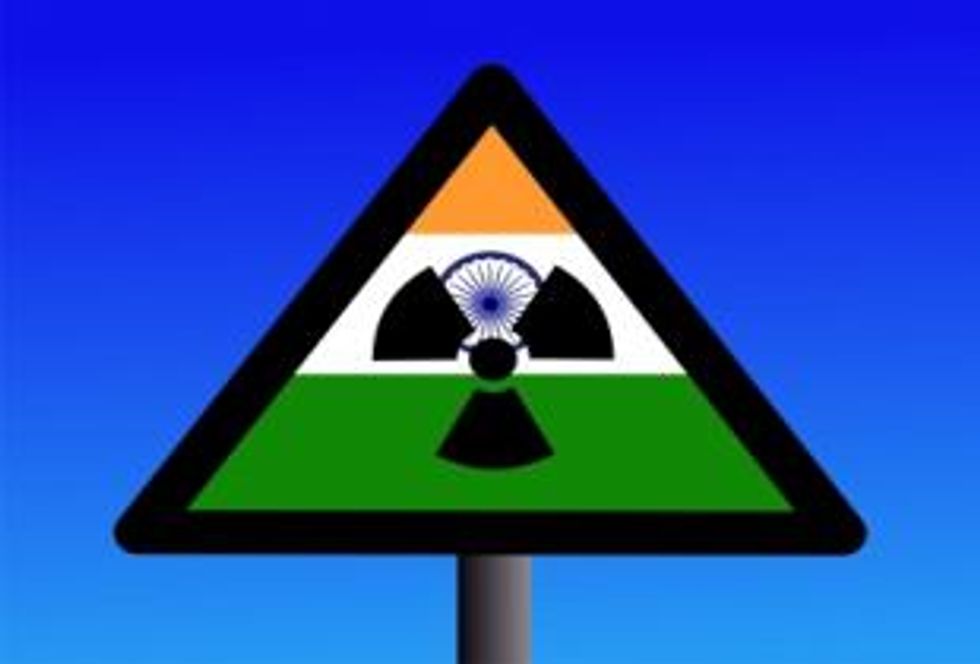- AustraliaNorth AmericaWorld
Investing News NetworkYour trusted source for investing success
Fireweed Metals
Cyclone Metals
Lancaster Resources
Element79 Gold Corp.
- Lithium Outlook
- Oil and Gas Outlook
- Gold Outlook Report
- Uranium Outlook
- Rare Earths Outlook
- All Outlook Reports
- Top Generative AI Stocks
- Top EV Stocks
- Biggest AI Companies
- Biggest Blockchain Stocks
- Biggest Cryptocurrency-mining Stocks
- Biggest Cybersecurity Companies
- Biggest Robotics Companies
- Biggest Social Media Companies
- Biggest Technology ETFs
- Artificial Intellgience ETFs
- Robotics ETFs
- Canadian Cryptocurrency ETFs
- Artificial Intelligence Outlook
- EV Outlook
- Cleantech Outlook
- Crypto Outlook
- Tech Outlook
- All Market Outlook Reports
- Cannabis Weekly Round-Up
- Top Alzheimer's Treatment Stocks
- Top Biotech Stocks
- Top Plant-based Food Stocks
- Biggest Cannabis Stocks
- Biggest Pharma Stocks
- Longevity Stocks to Watch
- Psychedelics Stocks to Watch
- Top Cobalt Stocks
- Small Biotech ETFs to Watch
- Top Life Science ETFs
- Biggest Pharmaceutical ETFs
- Life Science Outlook
- Biotech Outlook
- Cannabis Outlook
- Pharma Outlook
- Psychedelics Outlook
- All Market Outlook Reports
Although this new potential finding in the southern part of the Kadapa basin would augment the present domestic supply of uranium for India, there will still be a considerable gap for the country’s future demands. Like China, India’s rapidly expanding economy is heavily dependent on coal, as it obtains less than three percent of its energy from nuclear power.
Following a four year survey of a site in Andhra Pradesh state for the Tumalapalli mine Secretary of the Department of Atomic Energy, Srikumar Banerjee told a reporter that the deposit may potentially host up to 150,000 tonnes of uranium. Previous estimates suggested that only about 15,000 tonnes of uranium would be produced at the mine, which is due to start operating by the end of the year.
Although this new potential finding in the southern part of the Kadapa basin would augment the present domestic supply of uranium for India, there will still be a considerable gap for the country’s future demands. Like China, India’s rapidly expanding economy is heavily dependent on coal, as it obtains less than three percent of its energy from nuclear power. India currently has 20 nuclear reactors with a capacity to generate 4,780 megawatts of power, plus seven reactors with a capacity of 5,300 megawatts under construction. With 58 proposed or planned nuclear reactors, India hopes to raise the prominence of nuclear energy to account for 25 percent of its total demands by 2050. Companies from the United States, Japan, France and Russia, are all competing for a slice of the $175 billion that India plans to spend on nuclear reactors.
History of adversity
Since 1974, India has been subject to an embargo after it first conducted a nuclear weapons test. The United States lobbied for India to win a special exemption in 2008 from the 45-nation Nuclear Suppliers Group (NSG), which governs and regulates international nuclear trade, enabling India to buy reactors and fuel from overseas. Nations are generally required to open their reactors to international scrutiny and sign the Nuclear Non-Proliferation Treaty before they can acquire international nuclear technology, expertise and fuel.
India has been procuring uranium under a range of agreements from nations like France, Kazakhstan and Russia but has yet to secure a long-term supply contract. Indian requisitions for shipments of uranium from major exporter Australia have so far been denied, because the country has not signed the Nuclear Non-Proliferation Treaty. The Australian policy is likely to be reviewed and possibly taken to a vote at a triennial conference of the ruling party and union supporters later this year in December.
Expansive developments
Construction by the Nuclear Power Corporation of India Ltd (NPCIL) began on Monday for two new indigenously designed 700 megawatt pressurized heavy-water reactors in the western state of Rajasthan.
The Rajasthan Atomic Power Project (RAPP) units 7 and 8 are scheduled to begin commercial operation by the end of 2016, with a combined capacity of 1400 megawatts connected to the Northern Electricity Grid, and 700 megawatts distributed to the state. The expectation is that the construction project will cost approximately $2.6 billion for the two units.
In October 2009, the government conceded approval permits for construction of RAPP 7 and 8 and further agreed on construction of two additional 700 megawatt reactors at Kakrapar in Gujarat state. In November 2010 and March 2011, construction on the Kakrapar 3 and 4 units had been started; however, the site is already host for two 220 megawatt reactors, which became operational in 1993 and 1995, respectively. The newer and larger units are expected to begin operating within 5 years.
Environmental lobbyists
As a result of Japan’s Fukushima crisis in March, environmentalists have protested the construction of six new nuclear plants in India but the government has vowed to press ahead with its plans. Regular protests have been held by residents at Jaitapur on the Indian coast, where a huge 9,900 megawatt project is scheduled to begin construction in 2013.
Some opponents point out that the plant site is in a seismically unstable region and a coastal territory. Additional criticism has been offered that the project is too big and the model unproven. Over the past 2 decades the area has been subjected to 22 serious earthquakes, with the most recent quake in 2009 measuring 6.3 on the Richter scale. The region is rated a seismic zone 4 implying high damage risk; however, proponents say the plant will be built to withstand seismic events, and the reactor’s location upon a cliff position will be a fortification against tsunamis.
Outlook Reports
Featured Energy Investing Stocks
Browse Companies
MARKETS
COMMODITIES
| Commodities | |||
|---|---|---|---|
| Gold | 2344.53 | +0.88 | |
| Silver | 27.94 | +0.01 | |
| Copper | 4.32 | +0.06 | |
| Oil | 85.45 | -0.14 | |
| Heating Oil | 2.68 | +0.02 | |
| Natural Gas | 1.77 | +0.01 | |
Investing News Network websites or approved third-party tools use cookies. Please refer to the cookie policy for collected data, privacy and GDPR compliance. By continuing to browse the site, you agree to our use of cookies.






